Noted for its architecture and long association with the royal family, Windsor Castle is a royal residence at Windsor in the English county of Berkshire.
Here are 10 fascinating facts about this magnificent castle, some of which you may find surprising.
1. Windsor Castle was part of William the Conqueror’s plan to subjugate Saxon Britain
The year was 1066. William, Duke of Normandy had just accomplished the unthinkable by defeating the last Saxon king of England, Harold Godwinson, at the Battle of Hastings.
Now he could implement his strategy for conquest by building a series of castles to consolidate his power.
He marched inland, first to Dover, securing a strategic position with a motte and bailey castle, then onto London itself.
Blocking the city with three mighty castles, including the Tower of London, he sought to suppress any opposition completely.
It was his ring of nine castles, each about 25 miles apart and a day’s march from London, where our story begins.
The most impressive of these is Windsor Castle—an immense citadel rising from the banks of the River Thames as it passes through the county of Berkshire.
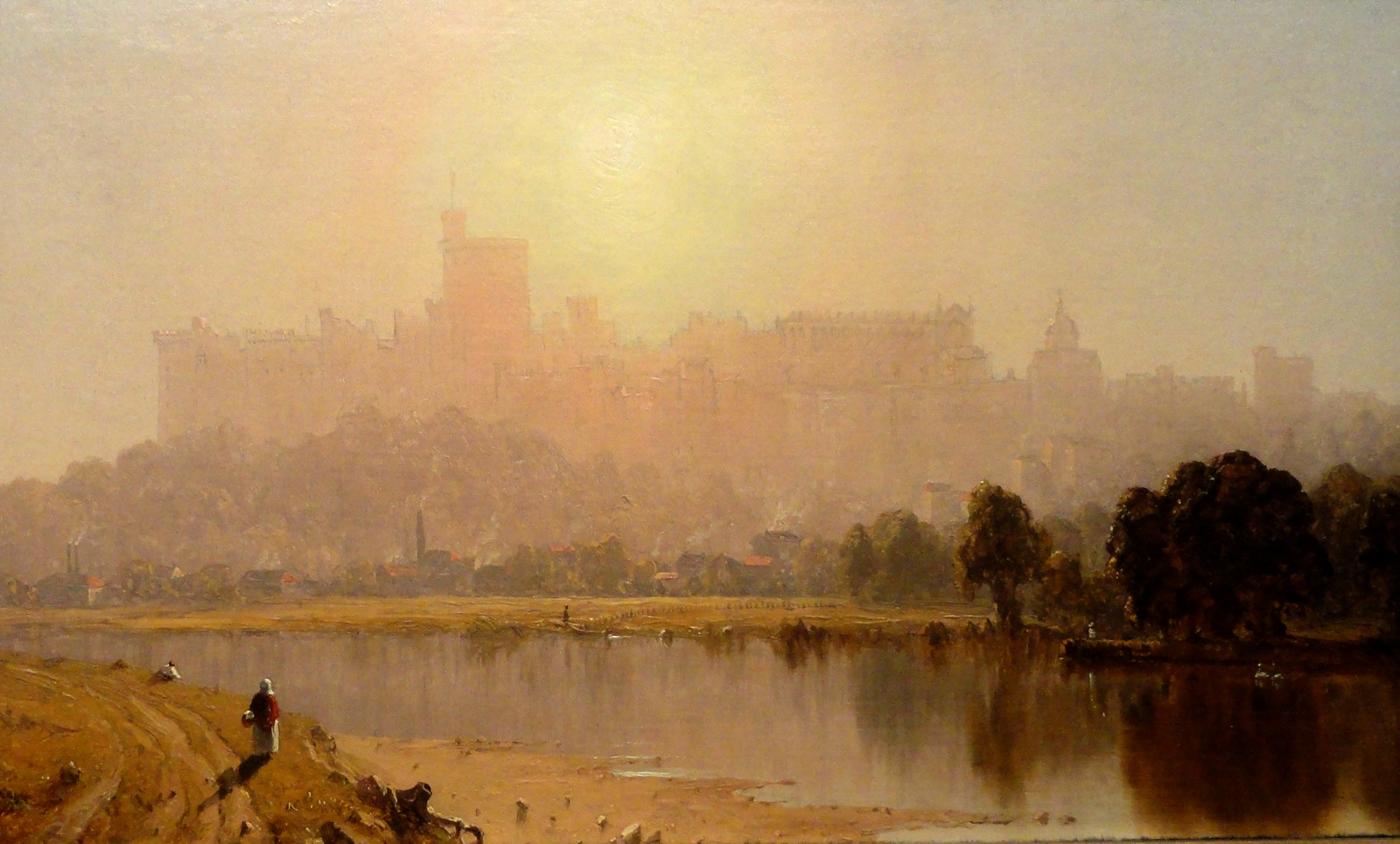

2. Inside the castle walls is the Mother Church to English chivalry
Considered by the historian John Martin Robinson to be “one of the supreme achievements of English Perpendicular Gothic”, St George’s Chapel was the creation of Edward III, founder of the Order of the Garter—the highest order of chivalry in the United Kingdom.


Every June, members of the order meet at Windsor Castle for the annual Garter Service. After lunch at the State Apartments of Windsor Castle, the knights don their robes and insignia and proceed on foot down to St George’s Chapel where the service is held.
The Order of the Garter is the oldest and most senior Order of Chivalry in Britain, established by King Edward III nearly 700 years ago.

Members of the Royal Family attend the Most Noble Order of the Garter Ceremony at St George’s Chapel, Windsor Castle in Windsor, west of London on June 13, 2016. From left: Queen Elizabeth II; Catherine, Duchess of Cambridge; Prince William, Duke of Cambridge; and Camilla, Duchess of Cornwall.
3. Windsor Castle is the longest-occupied palace in Europe
Used as a residence by monarchs since the reign of Henry I, the castle has undergone many changes during its long history, often at colossal expense.
“a superb and unrivalled sequence of rooms”
—art historian Hugh Roberts
Born at Windsor Castle, Edward III spent lavishly on an expansion. His military victories in France at Crecy, Poitiers, and Calais helped pay for “the most expensive secular building project of the entire Middle Ages in England”.
Henry VIII enjoyed Windsor as a royal playground for shooting, dancing, wrestling, tennis, and even songwriting. He is purported to have spent the equivalent of £295 million in 2008 terms ($420 million) on work that included hiring Italian architect Benedetto Grazzini to convert the Lady Chapel into an Italian Renaissance design.
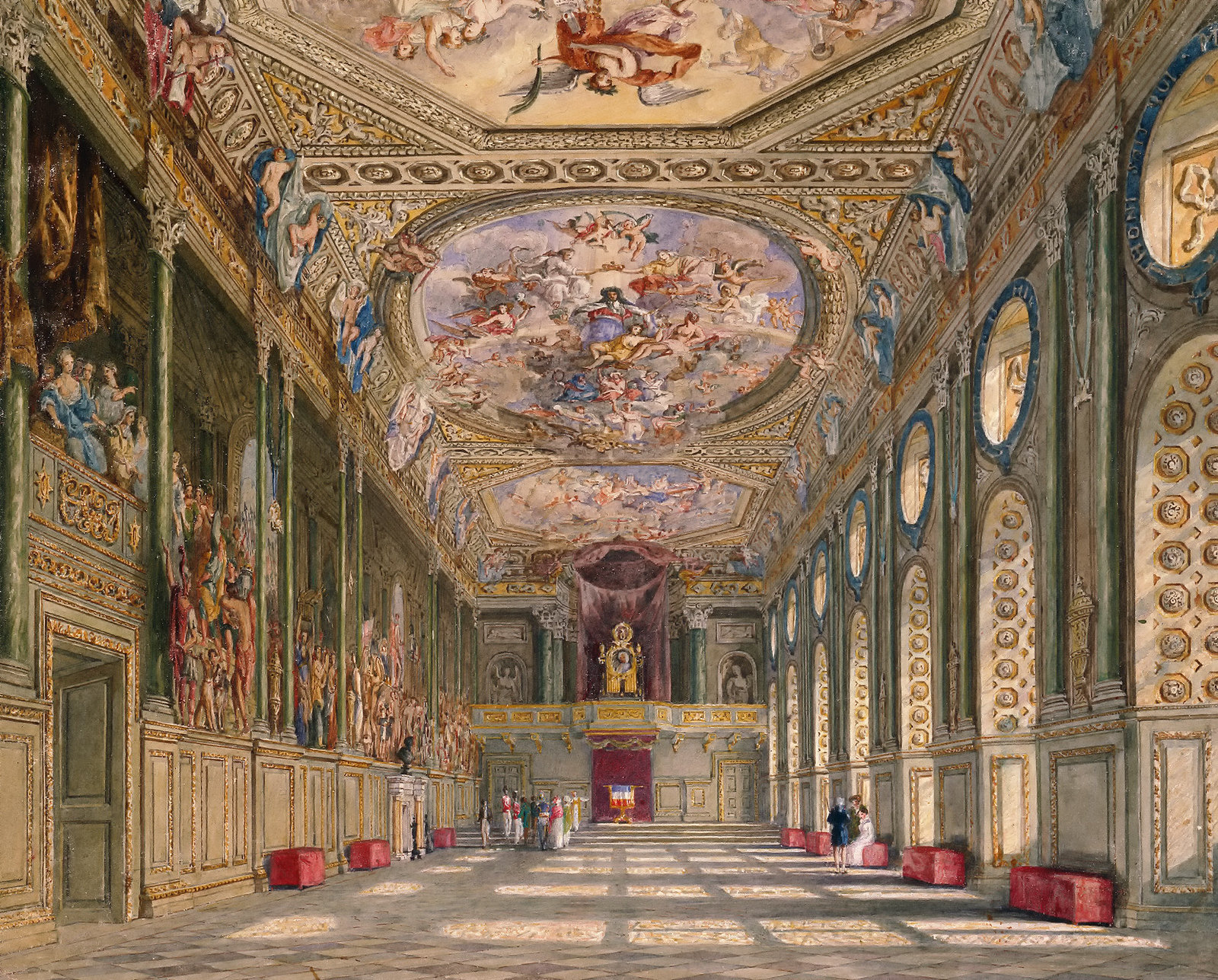
Windsor Castle was one of Elizabeth I’s favorite residences and she spent more money on it than any of her other residences.
Charles II liked to imitate Louis XIV of France, creating “the most extravagantly Baroque interiors ever executed in England”.
“the finest and most complete expression of later Georgian taste”
—art historian Hugh Roberts
Another £100 million ($142 million) in 2008 terms was spent by George III on Gothic restyling work, which paled in comparison to the £817 million ($1.2 billion) in 2008 terms lavished by his son and successor George IV.

The sumptuous State Apartments were described by the art historian Hugh Roberts as “a superb and unrivaled sequence of rooms widely regarded as the finest and most complete expression of later Georgian taste”.
Queen Victoria and Prince Albert made Windsor their primary home and hub for all the diplomatic and state visits of the rapidly expanding British Empire.
4. Prince Albert died at Windsor Castle in 1861
Despite ill health, Albert had taken over most of the royal duties while Victoria grieved the death of her mother.
One pressing concern was that Edward, Prince of Wales had been carrying on an affair with an Irish actress named Nellie Clifden, causing some upset in the royal household over the potential for scandal or even pregnancy.
As if that worry wasn’t enough, Prince Albert had to intervene to prevent war with the United States over the Trent Affair.
Having suffered stomach cramps for two years, Albert’s health finally gave out on the night of 14 December, 1861 in the Blue Room at Windsor Castle.

Although diagnosed as having typhoid fever, modern scholars believe his stomach cramps may have been due to a chronic disease such as abdominal cancer.
5. Queen Victoria became known as “the Widow of Windsor”
Victoria kept the castle in a state of mourning for many years, becoming known as the “Widow of Windsor”, a phrase popularized in the famous poem by Rudyard Kipling that pays tribute to the “poor beggars in red” who fought around the globe to expand her empire.
‘Ave you ‘eard o’ the Widow at Windsor
With a hairy gold crown on ‘er ‘ead?
She ‘as ships on the foam—she ‘as millions at ‘ome,
An’ she pays us poor beggars in red.
Shunning Buckingham Palace after Albert’s death, Queen Victoria used Windsor Castle as her main residence for conducting official duties near London.
Despite major technological advances of the era, like electric lighting, Queen Victoria preferred candles and kept the castle famously cold and drafty.
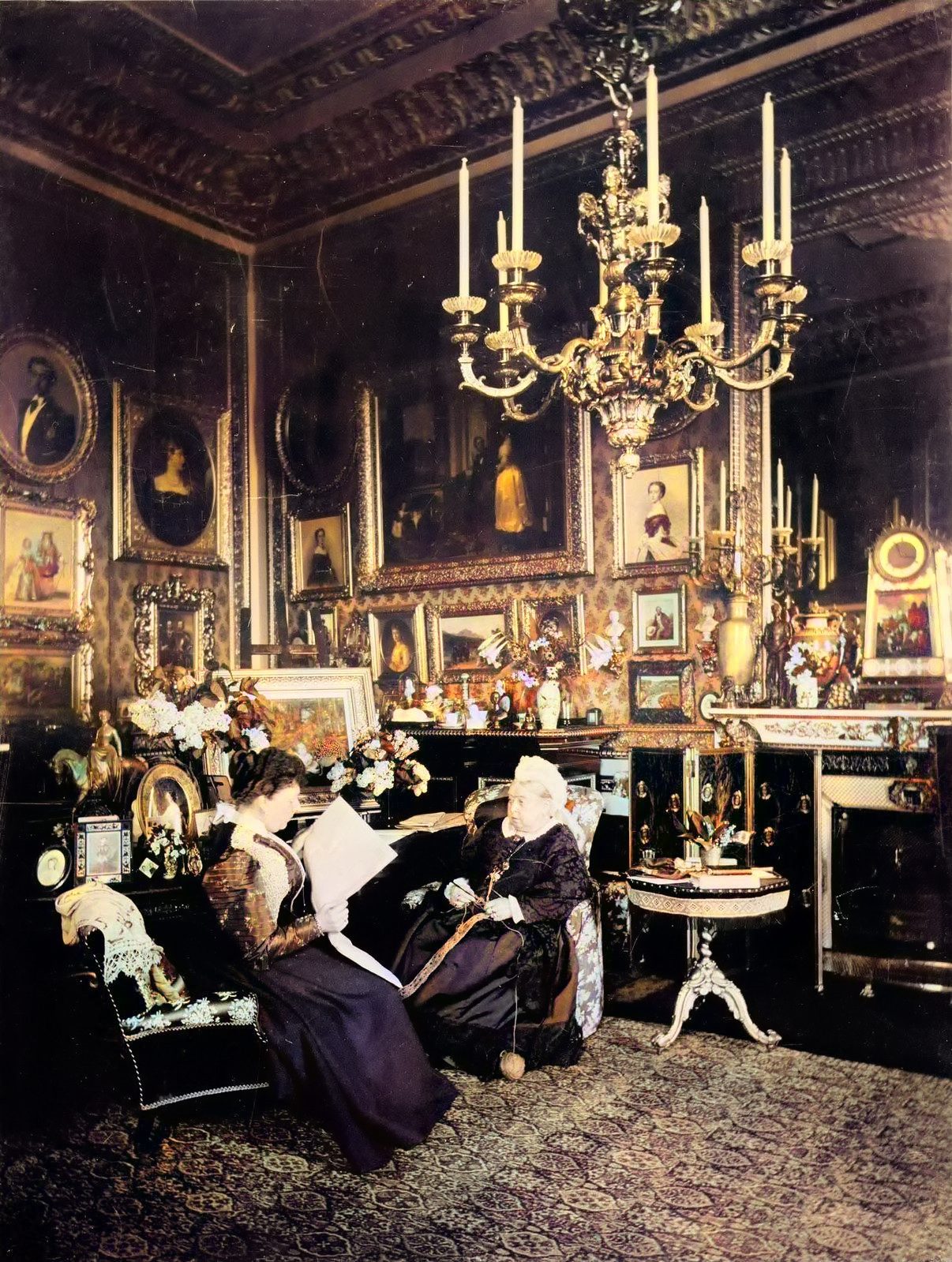
Victoria’s later portraits are of a sad, stately old lady, staring into space. What was she thinking?
Perhaps, she was dreaming of a beautiful sunny day at Windsor Castle with Albert and their firstborn, Victoria, Princess Royal.
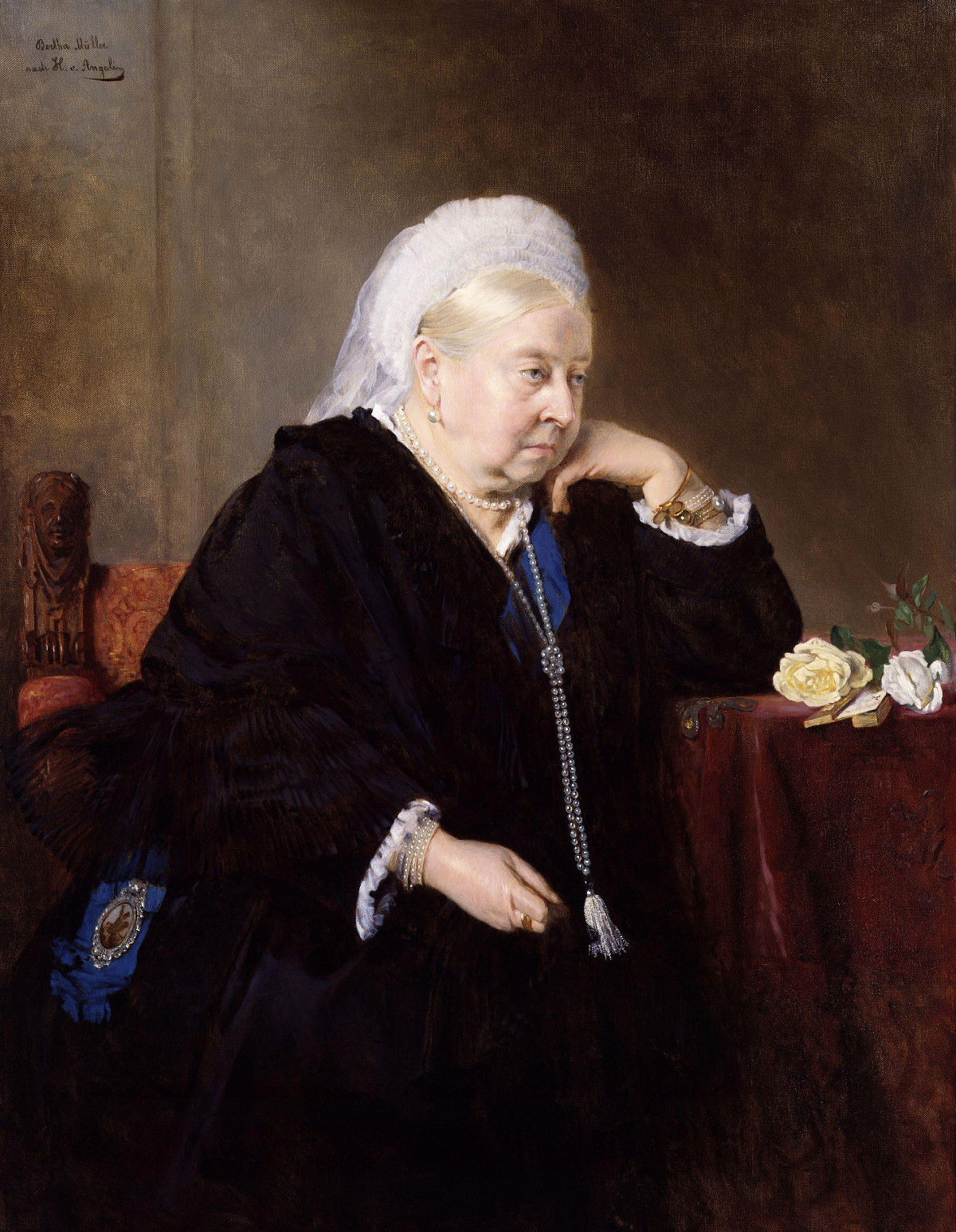
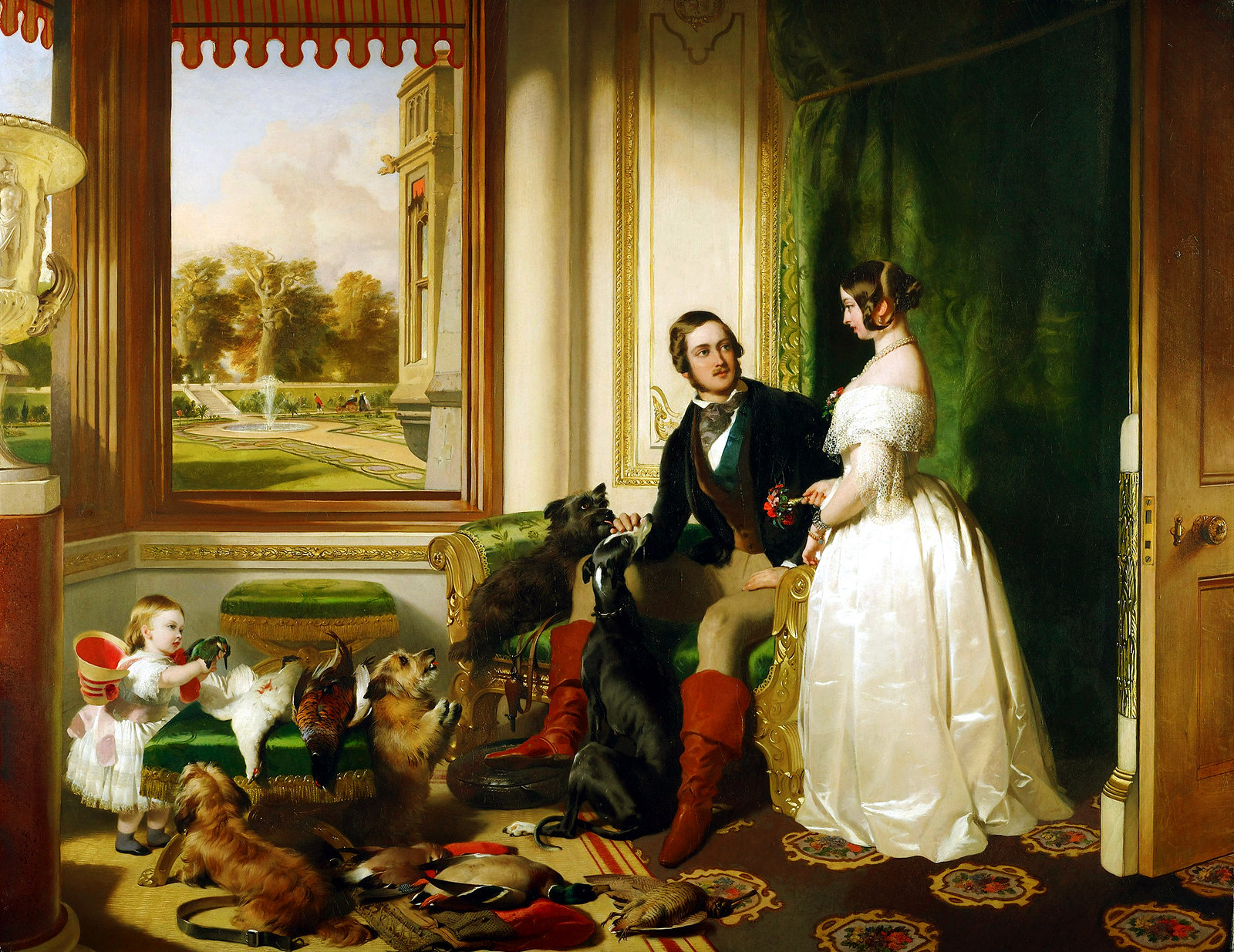
6. Inspired by Windsor Castle, the Royal Family changed their last name to Windsor in 1917
Believing that their dynastic German name of Saxe-Coburg and Gotha was bad for British morale during the First World War, King George V decided to take a new name after the castle.

On 17 July 1917, the Royal Family lineage changed from the House of Saxe-Coburg and Gotha to the House of Windsor.
7. Windsor Castle was a royal air-raid shelter during World War 2
While Londoners headed for the Underground railway to escape the horrors of Luftwaffe bombing in World War 2, the royal family used Windsor Castle as a refuge.
In 1939, when war with Germany was announced, Windsor Castle was readied for wartime. Security was tightened, windows were blacked-out, and staff were relocated to Windsor from Buckingham Palace.
The roof above the children’s room, where Princesses Elizabeth and Margaret were staying was strengthened, chandeliers were lowered to floor level to prevent damage in a bombing raid, and important works of art were removed for safekeeping.
Driving daily to London and returning to Windsor each night was a closely-guarded secret for the king and queen. It was considered good for morale to report that the king was staying full-time at Buckingham Palace.
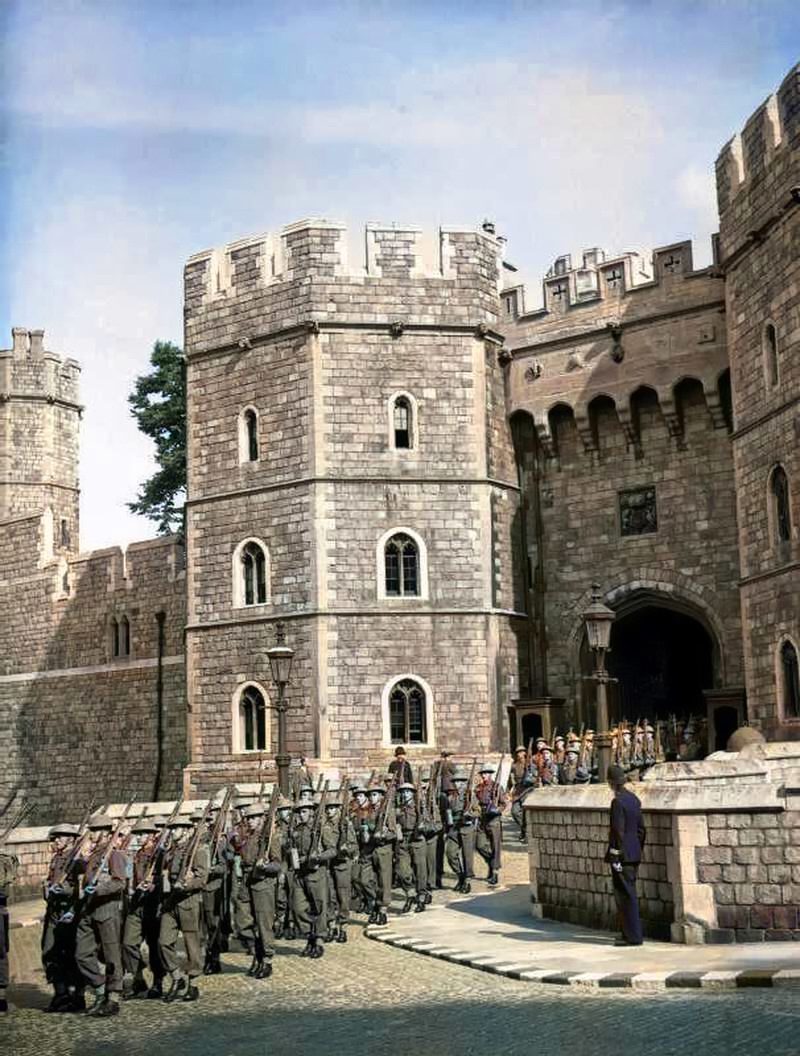
8. Windsor Castle has seen its fair share of fire, the most recent being in 1992
Windsor Castle endured serious fires in 1296 and 1853, but the most damaging was in 1992.
It was 20 November 1992, and renovations were being carried out on the Private Chapel of the State Apartments. Near the altar, a curtain is thought to have been too close to one of the spotlights used for the work, setting it alight—the fire quickly spreading to the staterooms.
Whilst 200 firefighters battled to control the blaze, castle staff hurriedly rescued precious artworks. Fortunately, many rooms had been emptied as part of the renovation work, so most of the collection was saved.
Lasting for 15 hours, the fire was eventually brought under control with more than 1.5 million gallons of water—causing additional damage to the castle structure.
Exactly who should pay for repairs was a controversial issue at the time. Since George III, profits from the monarch’s estate have been passed to the government in return for a fixed payment. To save money, the castle wasn’t insured and headlines ran in British newspapers calling for the Queen to pay from her private income. In the end, a deal was struck whereby the government paid for repairs in exchange for the opening of Buckingham Palace to the public.
Taking five years to complete at a total cost of £67 million ($95 million) in 2015 terms, the damaged rooms were restored using modern methods to recreate the appearance before the fire.
9. Windsor Castle has a 2.65-mile approach road
For such a spectacular castle, one would expect an equally spectacular approach, would one not?
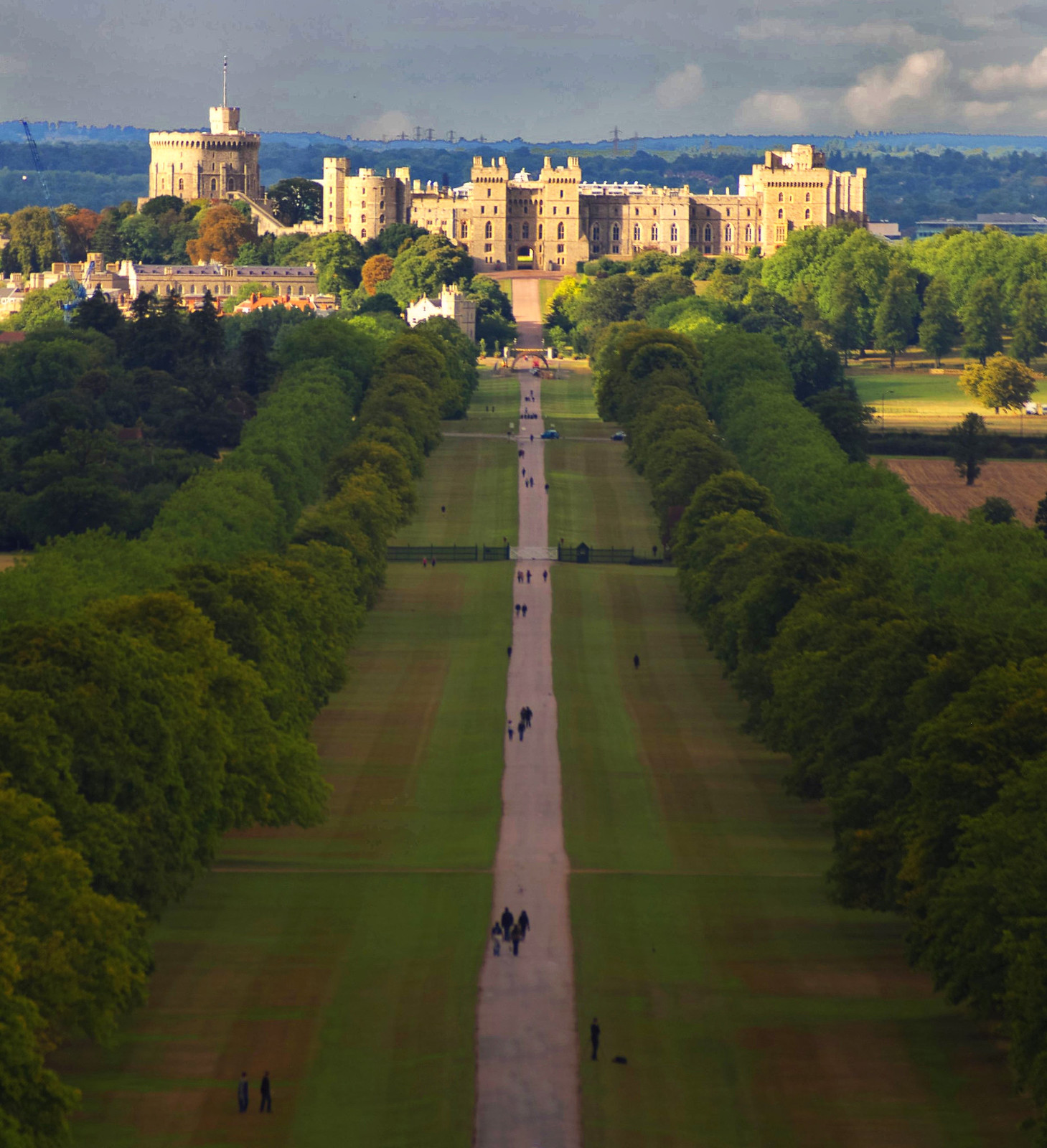
At 2.65 miles long and 240 ft wide, this double-lined avenue of trees called “The Long Walk” runs through The Home Park—an area once set aside for deer hunting and mentioned in Shakespeare’s Merry Wives of Windsor.
Adjoining the larger Windsor Great Park, The Home Park has some of the oldest broad-leaved woodlands in Europe.
10. Windsor Castle is the largest continually inhabited castle in the world
Today, more than 500 people live and work in Windsor Castle – the largest inhabited castle in the world.
It is the preferred weekend residence of Her Majesty The Queen, whose standard flies from the Round Tower to show when she’s at home.
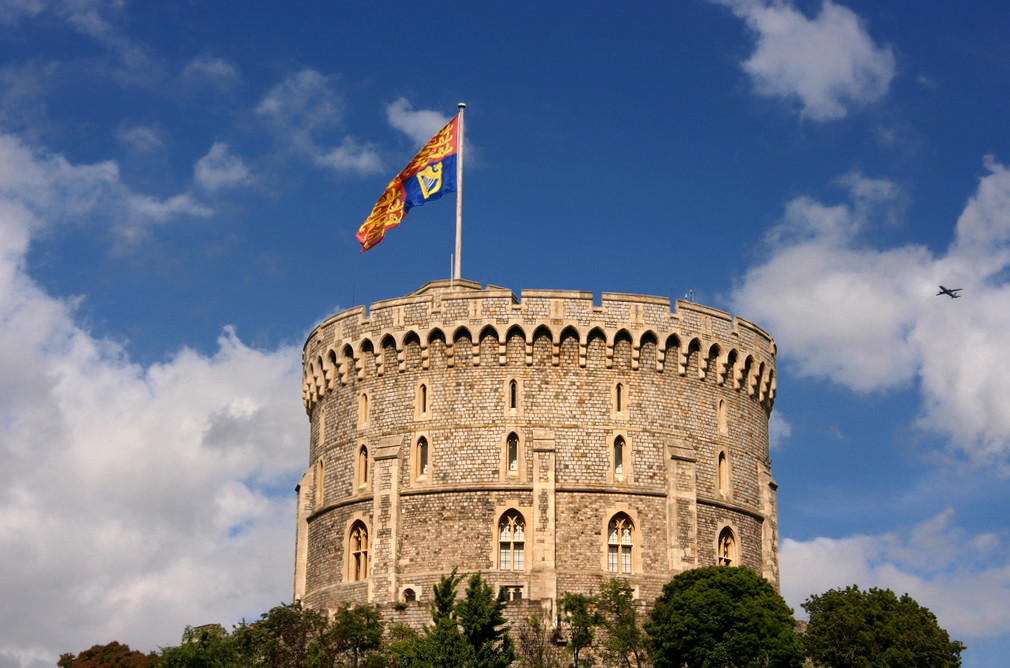

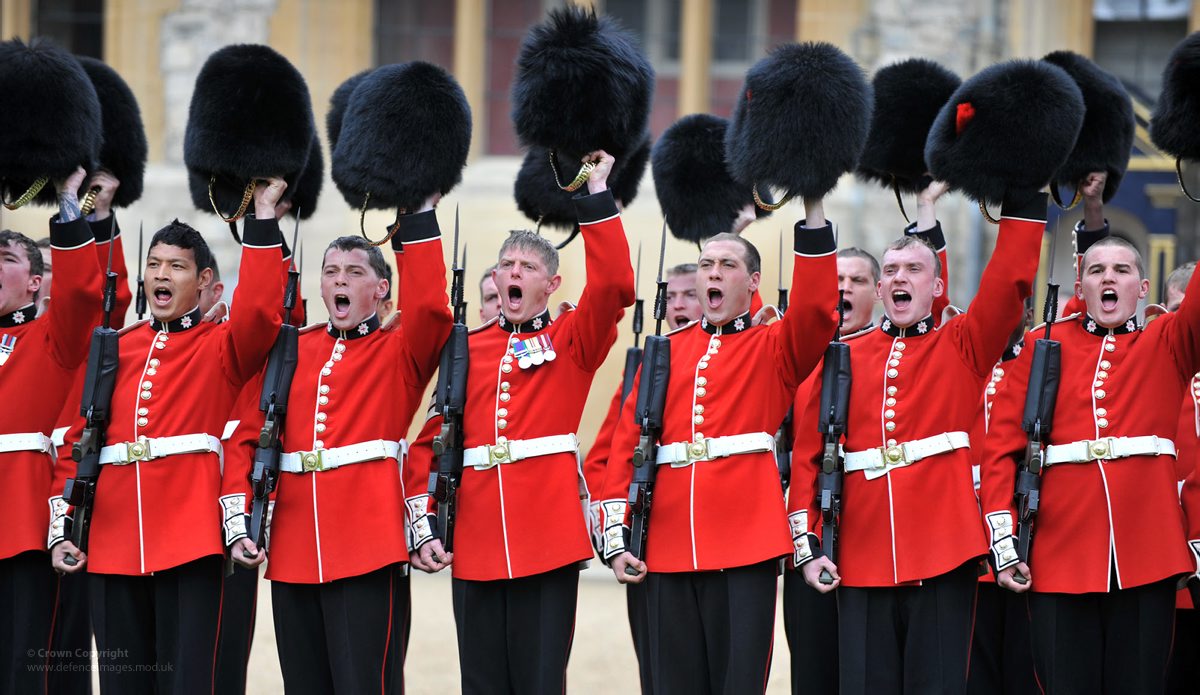
References
Wikipedia
Windsor Revealed by Brindle and Kerr, 1997.

